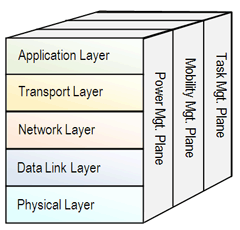 |




 |
|
| Technologies | ||
| Smart Sensor
Networks |
Overview
|
|||||||||||||||||||||||||||
|

|
||||||||||||||||||||||||||
|
|
||||||||||||||||||||||||||
|
|
||||||||||||||||||||||||||
|

|
||||||||||||||||||||||||||
|

|
||||||||||||||||||||||||||
|
|||||||||||||||||||||||||||
|
|
||||||||||||||||||||||||||
 |




 |
|
| Technologies | ||
| Smart Sensor
Networks |
Overview
|
|||||||||||||||||||||||||||
|

|
||||||||||||||||||||||||||
|
|
||||||||||||||||||||||||||
|
|
||||||||||||||||||||||||||
|

|
||||||||||||||||||||||||||
|

|
||||||||||||||||||||||||||
|
|||||||||||||||||||||||||||
|
|
||||||||||||||||||||||||||